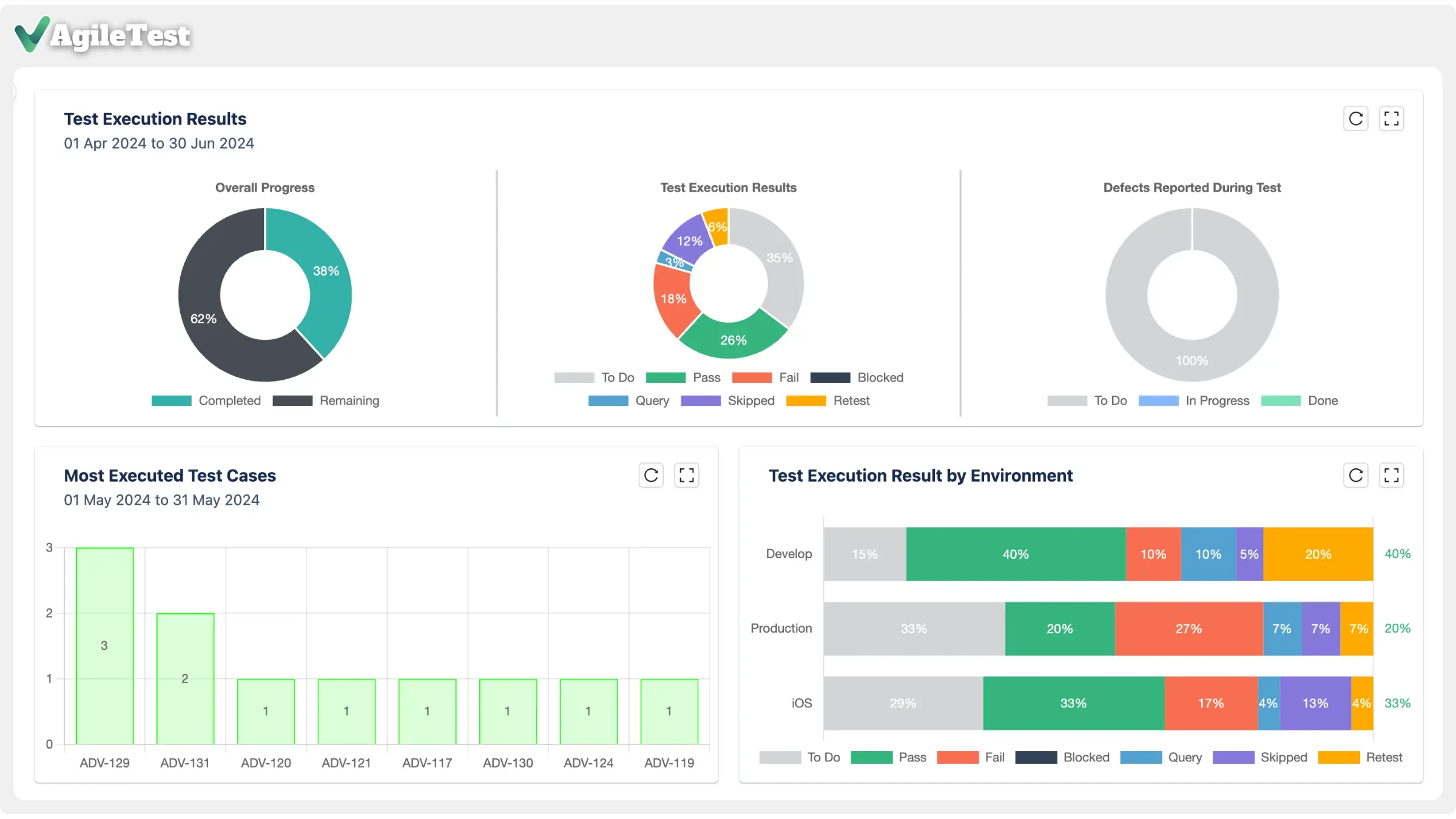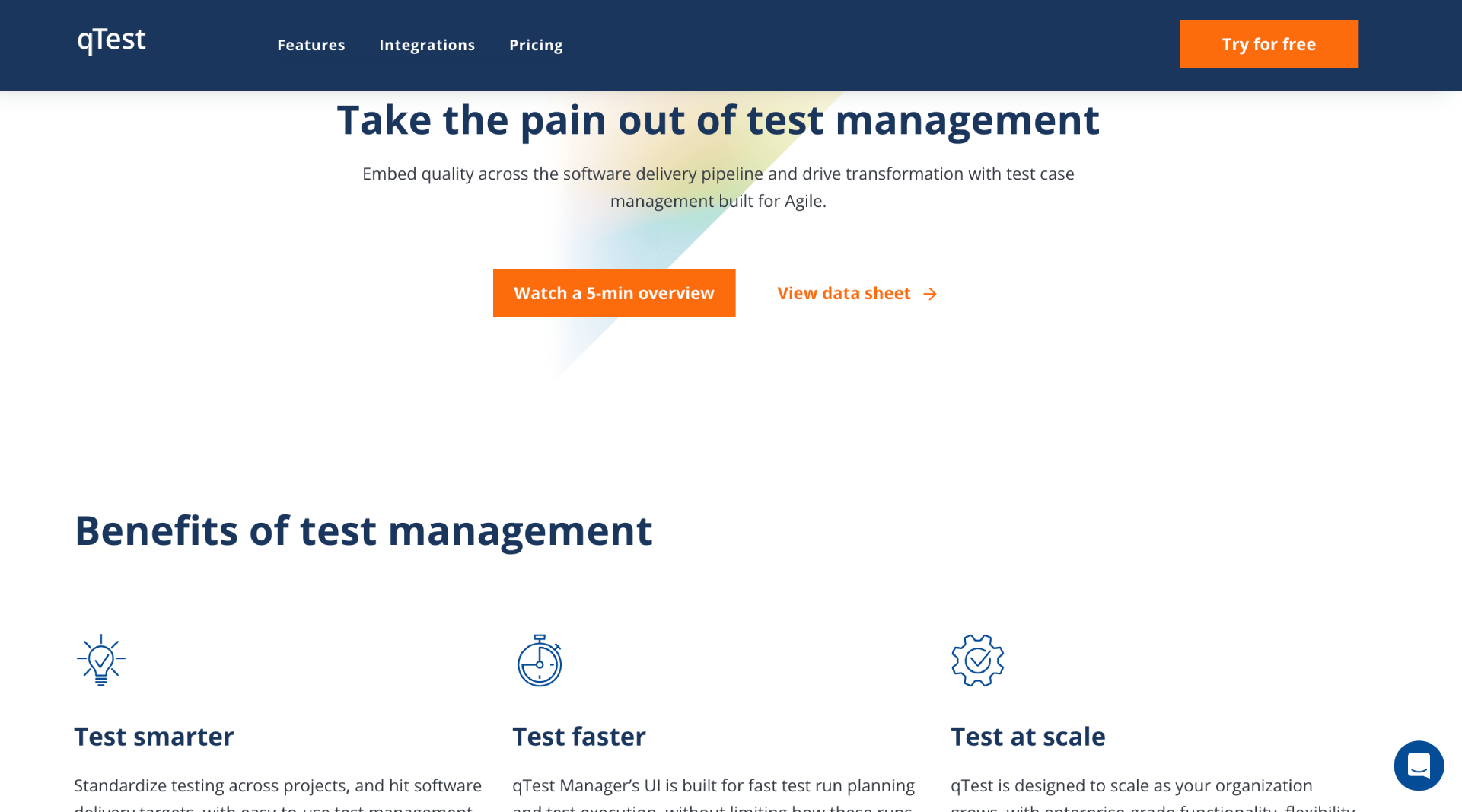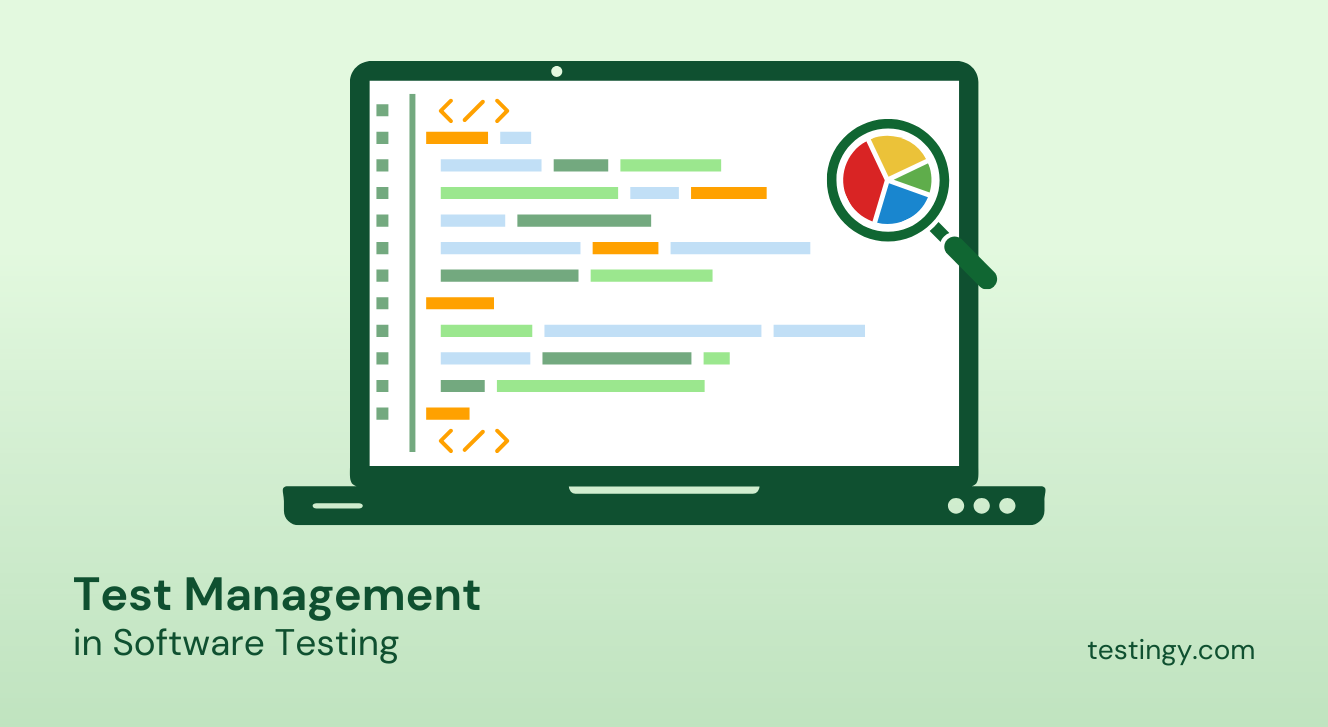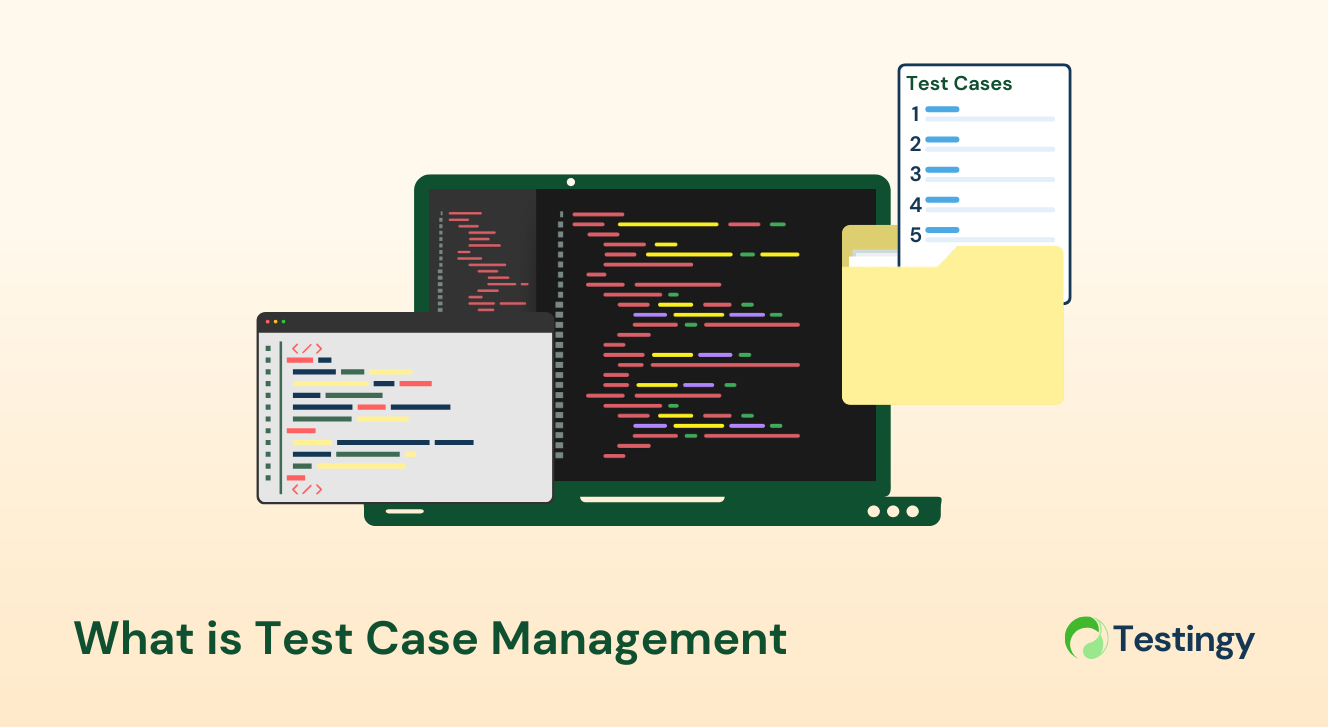Best Agile Test Management Tools for Testers & Software Developers
Agile methodologies demand speed, collaboration, and quality in today's fast-paced software development landscape. Testing, once an afterthought, is now the backbone of delivering flawless software.
But without the right tools, testing can feel like herding cats in a thunderstorm. Therefore, Agile test management tools are here to streamline the process, boost teamwork, and make you look like a rockstar in your next sprint review.
In this article, we’ll explore the best tools, their benefits, and how to pick the perfect one for your team—all with a sprinkle of humor to keep things lively. Because testing doesn’t have to be a sequel to Jurassic Park.
Benefits of using Agile test management tools
1. Lightning-fast efficiency
Let’s face it: nobody dreams of spending hours manually tracking test cases or updating spreadsheets. Agile test management tools automate the grunt work, like creating, executing, and organizing tests. Therefore, you can focus on coding or perfecting your latte art.
These tools integrate seamlessly with CI/CD pipelines, ensuring tests run smoothly alongside your development workflow. The result? Faster sprints and fewer bottlenecks.
2. Teamwork that pops
Ever been in a sprint where QA thinks the bug’s fixed, but the developer’s still debugging? Agile test management tools bring everyone together with real-time dashboards and shared updates.
Developers, QA engineers, and product owners can see the same data, collaborate instantly, and avoid miscommunication. It’s like a team huddle, but without the awkward small talk or debates about pineapple on pizza.
3. Quality that shines
Traceability is the secret sauce of quality software. These tools ensure every test case is linked to requirements, so nothing slips through the cracks.
Besides, robust reporting lets you spot trends, like that pesky button that breaks every release. With clear metrics, you can make data-driven decisions and deliver software that’s polished to perfection.
4. Stress-free vibes
Late-night debugging sessions are the stuff of developer nightmares. Agile test management tools reduce the chaos by organizing workflows and catching issues early.
This means fewer all-nighters, happier teams, and more time for actual sleep. With these tools, your biggest crisis is choosing between tacos or burgers for lunch.
6. Scales like a dream
Whether you’re a scrappy startup with five developers or a corporate giant with global teams, these tools adapt to your needs. They scale effortlessly, supporting projects of all sizes and complexities. Think of them as the chameleon of software testing—always blending in, always reliable.
4 Best Agile test management tools for all testers and developers
1. AgileTest
AgileTest is a Jira-native sensation that’s taken the market by storm, designed for agile teams who want testing to feel like a victory lap, not a marathon. Built directly into the Atlassian ecosystem, it streamlines test management with an intuitive interface as welcoming as a sunny sprint morning.

Moreover, AgileTest supports a wide range of testing strategies—manual, automated, and exploratory—making it a versatile choice for teams of all sizes. Its robust reporting and reusable test case library save time, while frequent updates keep it ahead of the curve.
Whether you’re a startup or a scaling enterprise, AgileTest is like the cool new teammate who instantly gets your workflow.
Strengths:
- Seamless Jira integration for a unified workflow means no more app-hopping chaos.
- Supports manual, automated, and ad-hoc testing, catering to every testing whim.
- Re-runnable test cases reduce setup time, like a cheat code for sprints.
- Insightful reporting dashboards that make bug trends pop like a neon sign.
- Regular feature updates ensure it stays fresh, like a software subscription with actual value.
2. TestRail
TestRail is the veteran headliner of test management, delivering a polished experience that’s been refined over years of squashing bugs. Its sleek, standalone platform offers a structured approach to test case management, perfect for teams who crave order without complexity.

TestRail shines in environments where detailed reporting and automation are key, integrating effortlessly with tools like Jira and Jenkins. Its customizable dashboards and user-friendly design make it a favorite for teams who want to track every test case with the precision of a laser-guided missile.
It is the tool you trust to keep your testing on track, no matter how wild the sprint gets.
Strengths:
- Deep integrations with Jira, Jenkins, and automation tools for a cohesive ecosystem.
- Customizable dashboards that turn data into actionable insights with style.
- Robust test case management for organizing tests like a librarian with a PhD.
- Automation support for tools like Selenium saves time on repetitive tasks.
- Comprehensive reporting that’s so clear could teach a masterclass in clarity.
3. Zephyr Scale
Zephyr Scale is the loyal companion for Atlassian enthusiasts, living and breathing within Jira to deliver a testing experience that’s as smooth as a well-run sprint retrospective. Designed for teams who want flexibility and scalability, Zephyr Scale handles everything from small projects to sprawling enterprise initiatives.

Its iteration boasts enhanced test planning features and a knack for keeping testing tightly aligned with agile workflows. Whether you’re managing a single sprint or a global release, Zephyr Scale is the trusty sidekick that never leaves Jira’s side, ensuring your tests are always in sync with your goals.
Strengths:
- Native Jira integration feels like it was born in the Atlassian family.
- Flexible test planning for crafting test cycles that fit any project size.
- Scalability to support teams from scrappy startups to corporate giants.
- Detailed traceability linking tests to requirements, leaving no bug behind.
- User-friendly interface that makes test management feel like a walk in the park.
4. qTest
qTest is the enterprise-grade titan of test management, built for teams who tackle complex projects with the confidence of a seasoned superhero. Additionally, qTest stands out with its AI-driven insights and deep automation capabilities, making it a go-to for organizations that demand precision and scale.

Its cross-project visibility and integrations with tools like Selenium and Azure DevOps ensure testing stays seamless, even across global teams. Not only that, qTest is the tool you call when you need to wrangle massive test suites, predict defects, and still have time for a victory coffee.
It’s not just a tool—it’s a testing powerhouse.
Strengths:
- AI-driven insights that predict defects like a fortune teller with a PhD in bugs.
- Seamless integrations with Selenium, Azure DevOps, and CI/CD pipelines.
- Cross-project visibility for managing multiple initiatives without breaking a sweat.
- Automation support that streamlines repetitive tasks, freeing up brainpower.
- Enterprise-grade scalability for teams with ambitions as big as their test suites.
How to choose and implement the right tool
1. Know your team’s vibe
You can start by assessing your team’s needs. Are you a Jira-obsessed crew? AgileTest or Zephyr Scale might be your jam. Got a massive enterprise project?
You should consider team size, project complexity, and budget—many tools, like AgileTest, offer freemium tiers or trials to ease you in.
2. Take it for a spin
Free trials are your best friend. Test tools like you’re picking the perfect playlist for a road trip—try them out, see what feels right. Therefore, you should involve your team to ensure the tool fits everyone’s workflow, from QA to developers.
Take AgileTest as an example, it is an intuitive setup and makes trial runs a breeze.
3. Rollout like a pro
Don’t go all-in at the start. Pilot the tool on a single project to avoid overwhelming your team. Provide training to dodge the inevitable “I clicked something and now it’s gone” panic emails. Implementing a tool is like herding cats—start small and bring treats (or at least good documentation).
4. Keep it fresh
After launch, you should gather feedback to tweak workflows. Some testing tools can roll out regular updates, allowing you to stay on top of new features to maximize value. Besides, ensure the tool scales with your team, whether you’re adding new projects or onboarding more testers.
Conclusion
Agile test management tools are the unsung heroes of modern software development. They transform testing from a chaotic beast into a well-choreographed dance, ensuring quality software, happy teams, and sprints that stay on track. From automating tedious tasks to fostering collaboration and delivering actionable insights, these tools are your secret weapon for crushing bugs and impressing stakeholders.
And don’t forget to keep an eye on Testingy. It is an advanced test management tool, tuned for Agile teams and agile testing to plan, organize, execute, and track software testing activities with ease.











